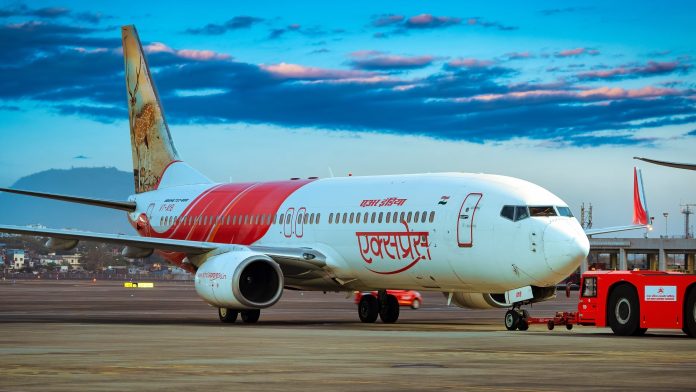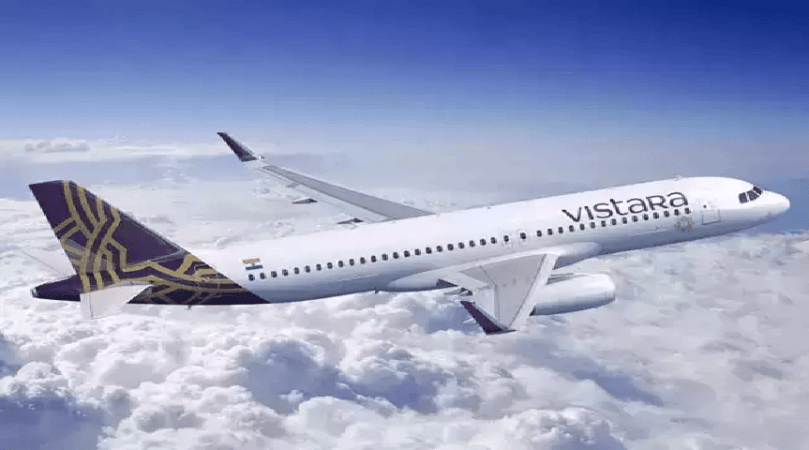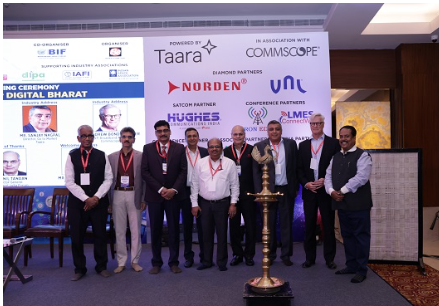
3rd Oct 2024 New Delhi, Delhi, India India is on the brink of entering a new phase of growth, facilitated by the Government’s ambitious and progressive programs. Broadband can stimulate this growth significantly, with stakeholders coming together to define ambitious yet realistic goals and working towards achieving them. Fiber broadband in India has been gaining significant attention and traction over the past few years due to its potential to revolutionize internet connectivity in the country. As the momentum towards 5G networks and new hybrid usage models push operators towards increasingly distributed network architectures, service providers are investing in fiber to build out and upgrade their existing networks. The honorable Prime Minister’s vision of ‘Connectivity to all’, ‘Assessment to all’, ‘Affordability to all’ has lead to a significant spurt of digital transformation in the country, which is a great reflection of the Indian government’s determination and capabilities. Acknowledging the Indian Government initiatives to ensure nationwide internet connectivity particularly in rural areas through Fiberisation, Bharat Exhibitions organized the 2nd Broadband India Summit 2024 on the 27th of September 2024 at The LaLiT, New Delhi. The flagship summit is highly prominent that annually brings together industry experts, stakeholders, policymakers, technology providers, and business leaders to discuss and explore the latest trends, developments, challenges, and opportunities related to fiber-optic broadband deployment and its impact on various sectors.
After the ceremonial lighting of the lamp, Mr. Shashi Dharan, MD, Bharat Exhibitions in his welcome speech said, “India is now at the threshold of a digital revolution. From education and health to disaster management; from financial inclusion to e-commerce; from public safety to entertainment; broadband connectivity has the power to make services and applications available to all to transform our country into a digitally empowered society and knowledge economy.”
Connecting the Unconnected for Digital Bharat was the theme for the inaugural session. Mr. T. V. Ramachandran, President, Broadband India Forum, gave the inaugural address. He said, “As India marches towards 2025, an important focus should be on bolstering both wireline and wireless connectivity throughout the country. While government initiatives like BharatNet and the 5G Intelligent Village Initiative are commendable strides, the Broadband India Summit 2024 brings out the important point on the calibrated use of all technologies to achieve Broadband for All. These initiatives will not only enhance internet access but also serve as a cornerstone for realizing the Viksit India vision.”
Chief Guest, Shri Niraj Verma, IAS, Administrator (Digital Bharat Nidhi) DoT, Ministry of Communications said, “The topic of connecting the unconnected is a very important topic. A futuristic technology is what the Govt. of India is aiming at. It’s all about economics in broadband. A 10 percent increase in India’s broadband leads to an increase of 3.5 percent in GDP. It is the means to an end. Rural economy is what Indian Govt is planning to accelerate. The ease of doing business will definitely improve under the National Broadband Mission.”
Guest of Honour, Shri A. Robert J. Ravi, Chairman & Managing Director, Bharat Sanchar Nigam Limited, said, “The world is completely converging. The key of broadband is penetration. Because of evolving technologies, the real time data speed is a long way in the country. High speed data will generate employment opportunities within the country. Societal needs will grow, by connecting the unconnected. The new concept of fiber to rooms is evolving, creating a new era of immersive broadband.”
Mr. Puneet Garg, President and Group Wireline CTO, Reliance Jio, who delivered the operator address was heard quoting, “Digital inclusivity is the key. Digital divide needs to be mitigated for achieving this inclusivity. Spanning across many technologies is what broadband is all about and India will reap its benefits across all sectors. We are aiming at connecting homes for Digital Bharat. Jio Air Fiber is accelerating this process. Metaverse interface is also coming in few years from now.”
Mr. Dharmender Khajuria, National Head – Network Partnerships, Bharti Airtel, stated, “About 85 percent is teledensity. Digital India programme, supported by DoT are linked to the GDP of the country. Broadband penetration is slightly low in India, compared to other countries. Wireline to Wireless needs to go up.”
Mr. Sanjay Nagpal, Director, Go to Market, Taara, said, “Using our next-generation free space optical connectivity solution, Taara is working with service providers and mobile operators to expand access to affordable broadband in both rural and urban communities of India. The technology can accelerate operators’ time to market as a true complement to fiber.”
Mr. Andrew Bond Webster, VP, Broadband APAC, CommScope, in his speech quoted, “End customers require higher bandwidth, quality of service, looking for accessibility. Bandwidth is growing; latency and capacity are fundamental requirements for broadband. AI is going to play pivotal role in broadband latency. Speed, price, and latency are key elements in accessing network. India’s progress is quite staggering to me, which has made tremendous leap over the years.”
“Norden is excited to bring together top industry professionals to discuss the future of broadband and showcase our role in building resilient, scalable, and sustainable networks,” said Mr. Prashant Oberoi, Director – India & SAARC at Norden Communication. “As a global leader, we are committed to empowering industries with the technology needed to meet the demands of the digital age.”
Mr Dharmendra Singh, Sr. Vice President (Marketing), Hughes Communications India, one of the panelists was heard quoting, “In our collective mission toward a Digital Bharat, cutting-edge and robust satcom technology and infrastructure are crucial. At Hughes Communications India, we believe that expanding rural broadband connectivity is key to empowering communities, bridging the urban-rural divide, and unlocking opportunities for growth and innovation through inclusion. With the liberalised space environment and satcom technology revolution taking place, the latest LEO-GEO HTS satcom technologies, we aim to ensure that every corner of India, no matter how remote, is connected and capable of thriving in the digital age. Together, we can build a strong foundation for a more inclusive and prosperous future for all.”
Mr. Anil Tandan, Director General, Broadband India Forum, gave the vote of thanks. He was heard quoting, “I extend my vote of thanks to everyone present here. We intend to continue the flagship event in the coming years.”
The Summit was spread across 4 Sessions including two Technical Sessions and concluding with a Panel Discussion. Shri Vivek Dua, Sr. General Manager, Bharat Sanchar Nigam Limited, Mr. Mustafa Golam, Regional Lead, APAC, Taara, Mr. Saket Saraogi, Director Sales, India & SAARC, CommScope, Mr. Sumit Agarwal, Global Manager – Presales, Norden Communication, Mr. Rajesh Kaul, Founder & Director, LMES iConnectWe, Shri R. Shakya, Additional Director General and Head Haryana Licensing Service Area, Department of Telecommunications, Shri Abdul Kayum, Advisor (BB&PA, NSL-1), TRAI, Mr. Manoj Misra, Director – Regulatory Affairs, Indus Towers, Mr. Alok Gupta, Founder & CEO, Pyramid Cyber Security & Forensics, Shri Avinash Agarwal, DDG (Convergence & Broadcasting), Telecommunication Engineering Centre, DoT, Govt. of India, Mr. Bharat Bhatia, President, ITU-APT Foundation of India, Lt. Gen. AK Bhatt PVSM, UYSM, AVSM, SM, VSM (Retd), Director General, Indian Space Association (ISpA) were some of the other eminent speakers during the sessions.
The summit was partnered and supported by Taara, Commscope, Norden Communication, Vihaan Networks, Hughes Communications India, Dron Edge India, LMES IConnectWe, Shaildhar Telecom Services, Anritsu, Communications Today, Broadband India Forum, Digital Infrastructure Providers Association, ITU-APT Foundation of India and Indian Space Association.



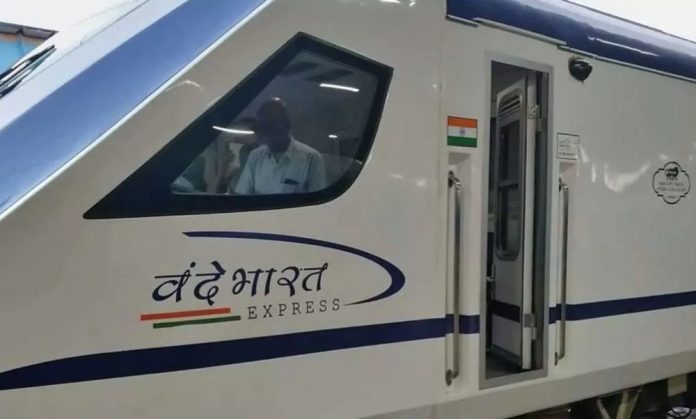

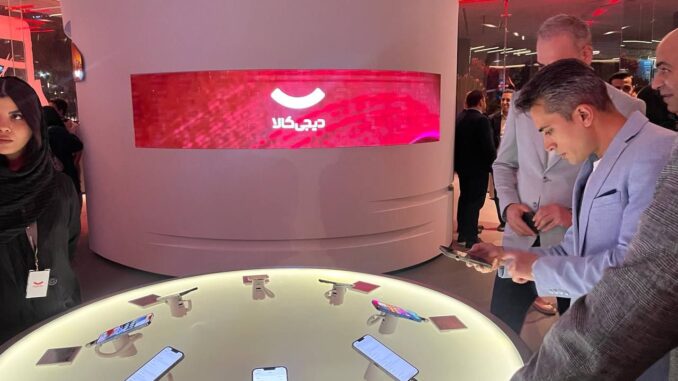

 Fostering Innovation through Targeted Skills Development: The Importance of Investing in Vocational Training
Fostering Innovation through Targeted Skills Development: The Importance of Investing in Vocational Training